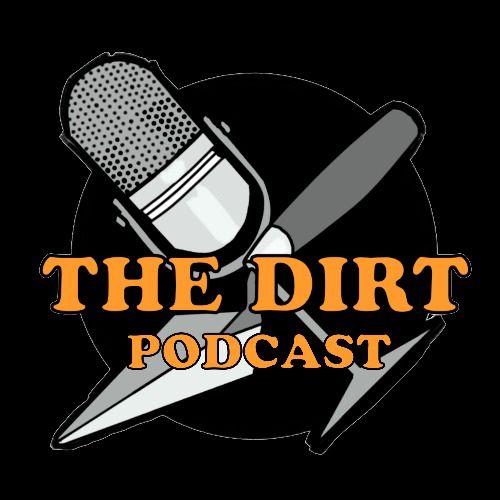Episode 38
What Spake Zarathustra?
It's almost officially springtime in the Northern Hemisphere, and the vernal equinox brings with it another reason to celebrate: Nowruz! Commonly known as Persian New Year, Nowruz has its roots in a millennia-old religion founded by a man named Zartosht whose ideas had a profound impact on the world. Anna introduces fire temples and what ancient writers had to say about Zoroastrianism, while Amber hypes the Bronze Age in Central Asia and suggests some ways in which Zoroastrian ideas have affected other religions.
Nowruz: Traditions for Persian New Year (United States Institute of Peace: The Iran Primer)
What life was like when Zoroaster lived? (Zoroastrian Kids)
Avesta (Livius.org)
Zoroastrians of Central Asia: Evidence from Archaeology and Art (FEZANA Journal via Academia.edu)
Records of the General Conference, 31st session, Paris, 2001, v. 2: Proceedings (UNESCO)
Ancient Sogdiana: A ‘Zoroastrian Stronghold’ (Avesta.org)
Parsi Woman Excommunication Case (Supreme Court Observer)
Early Chahar-Taqi Fire Houses and Temples (Heritage Institute)
The culture and social institutions of ancient Iran (WorldCat.org)
Ātaškada (Encyclopedia Iranica)
Fire Altars and Fire Temples in the First Millennia BC/AD in the Iranian World (via ResearchGate)
Zoroastrians in East Africa (The Zoroastrian Diaspora)
The Obscure Religion that Shaped the West (BBC Culture)
An Archaeology of Religion (via Google Books)
A Rare Glimpse Inside A Zoroastrian Temple In New York (HuffPost)

